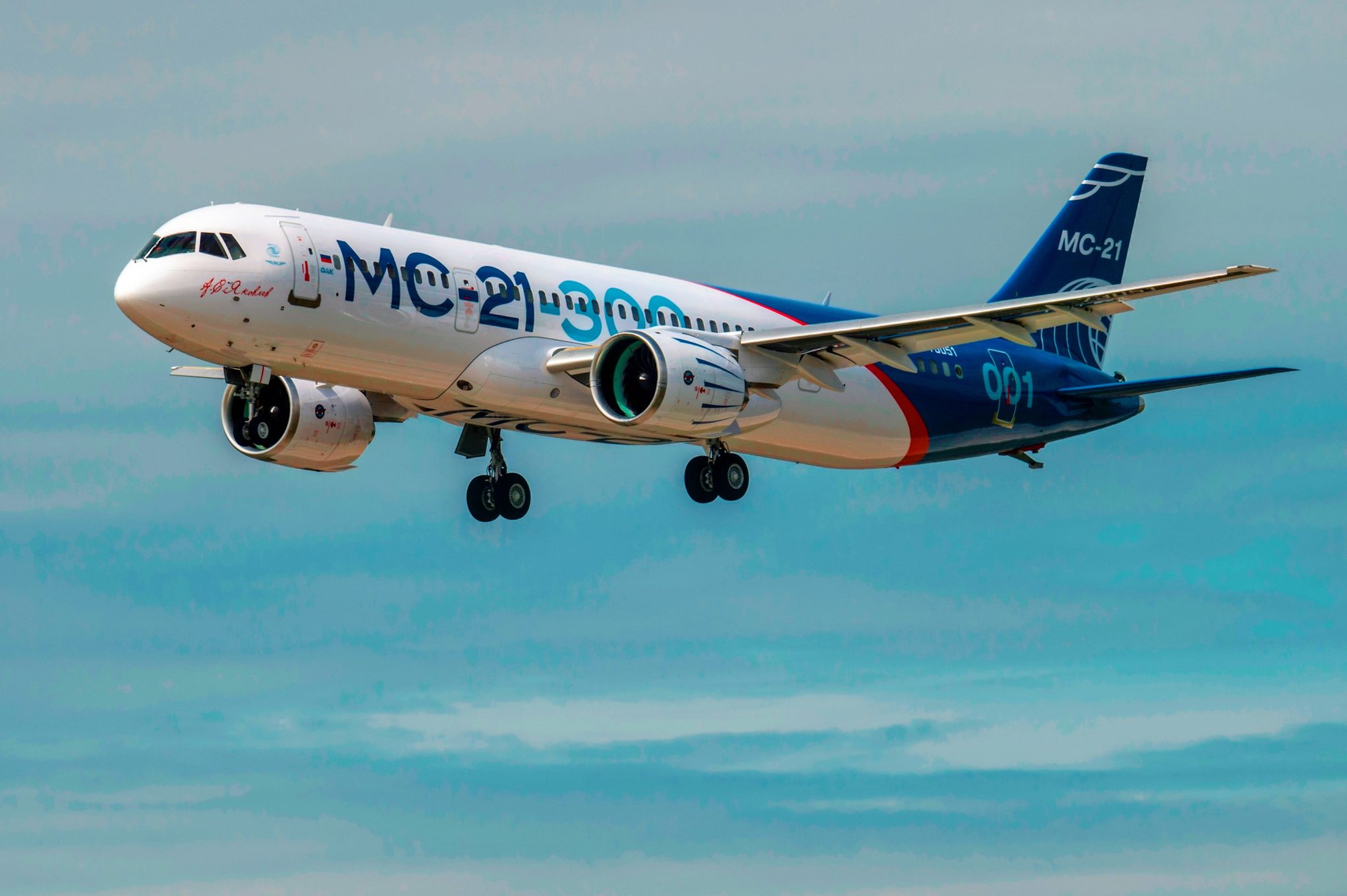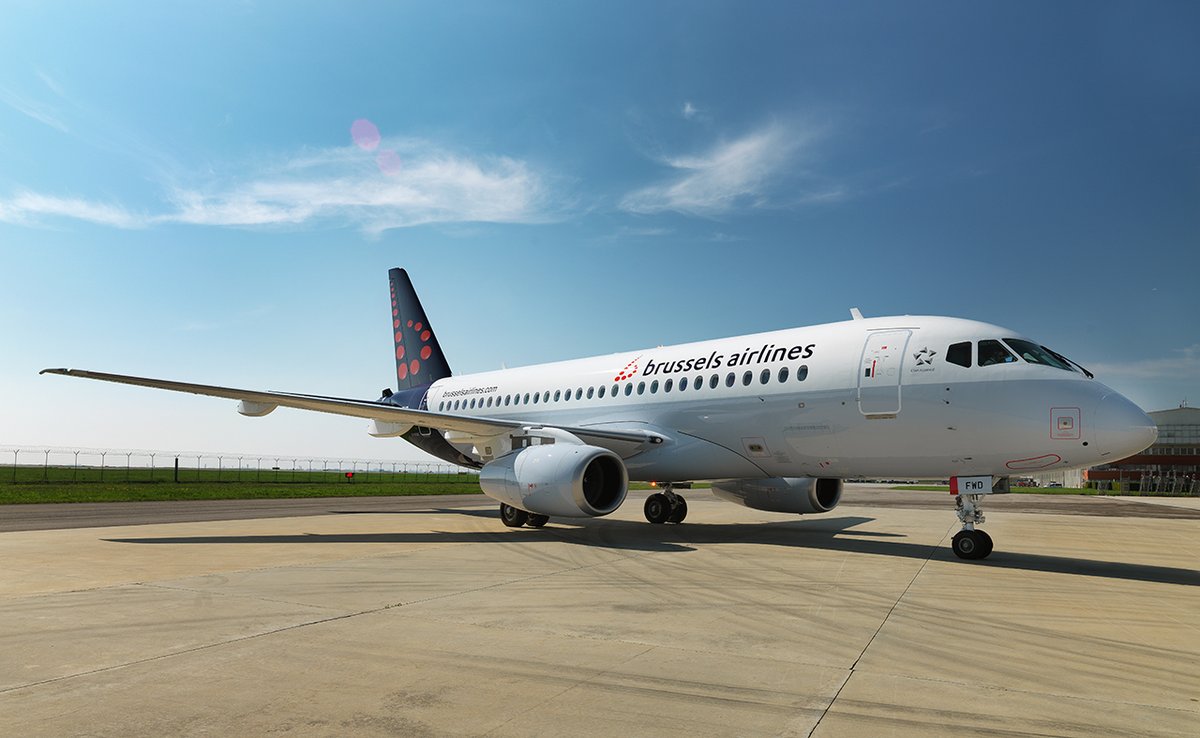Leeham News and Analysis
There's more to real news than a news release.
Forecast 2022: IRKUT
Subscription Required
By Bjorn Fehrm
Introduction
January 24, 2022, © Leeham News: IRKUT became the Airliner company in Russia’s United Aircraft Corporation when the Superjet project was transferred from Sukhoi in February 2020.
The rationale was to focus the new single-aisle MC-21 and the regional Superjet in one entity where the needed investment in after-sales support, a chronic weakness of Russian aircraft, could be concentrated.
The MC-21 is the most advanced of the world’s single-aisle designs, with a roomy fuselage and a composite wing. But this, the market’s best design, has the worst chances for success. We go through why.
Summary
- The MC-21 has a fuselage design that makes it roomier without causing extra drag or weight.
- It also has the most advanced wing, an out-of-autoclave resin infusion design, the type which Airbus is aiming for in the “Wing of Tomorrow” project.
- But despite the best technology, it has the slimmest market chances. It has little to do with the aircraft itself.
Outlook 2021: Russia and China
Subscription Required
By Bjorn Fehrm
Introduction
Jan. 14, 2021, © Leeham News: China and Russia are both developing a single-aisle domestic airliner in the A320/737 MAX class, a regional turboprop in the ATR 72 class, and is jointly working on an A330neo/787 widebody competing airliner.
While these are similar development programs, the countries are in very different positions in their markets and industries. China is a five times larger market for airliners than Russia, and its airlines are on the way back from COVID riddled passenger numbers. It has the fastest recovery from COVID-19 of any country and its civil airliner industry is on the rise.
Russia on the other hand has a stagnant market, still hit by COVID-19, and its market and industry have become introverted after a decade of flirting with Western markets and technology.
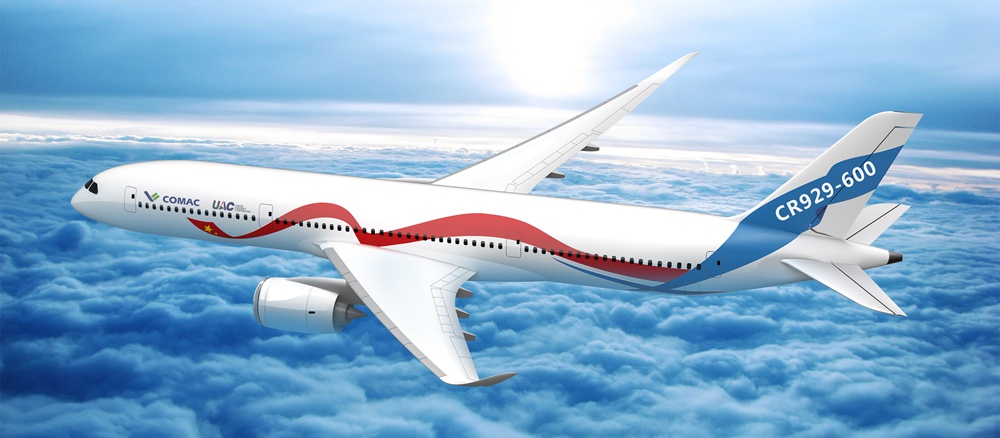 Summary
Summary
- China and Russia drive almost identical civil airliner projects to replace Soviet-era and Western airliners.
- While similar in their projects, they are different in their markets and state of industries.
- China is on the way up (albeit from a low state) to eventually compete on the world market, whereas Russia is falling back to a Soviet-style all Russian state-controlled model.
Looking ahead for 2020 and 2030 decades: UAC
Subscription Required
Fifth in a series.
By Bjorn Fehrm
Introduction
July 15, 2020, © Leeham News: UAC stands for United Aircraft Corporation, and is the name of the group owning the Russian aircraft industry.
After the fall of the Soviet Union, the multitude of individual companies and design bureaus could no longer survive on their own. The Russian state, therefore, gathered them all in UAC to introduce necessary consolidation and reform.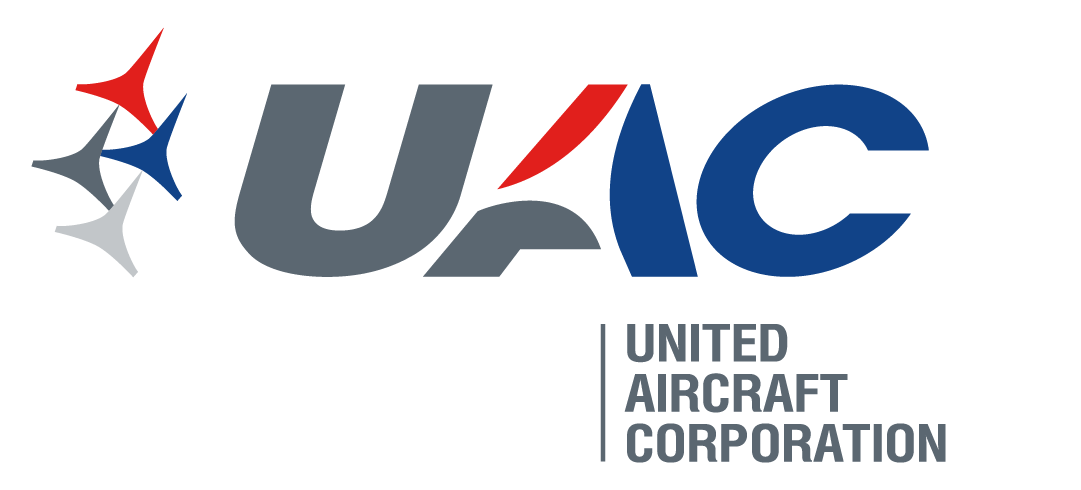
While UAC has done much with the support of the Ministries of Industry and Defense, the changing political situation for Russia has made it harder for the Civilian aircraft side to achieve sales outside captive Russian markets for its jets.
Summary
- UAC is the holding company of the Russian aircraft industry since 2006. The UAC management has stopped pointless infighting and consolidated the industry, latest to a civilian and military side.
- But it’s ambitions on the civil side outside Russia is at mercy to state politics and the Kremlin has shown that world politics is more important than the development of its industries.
- This, and the rise of arch-rival and cooperation partner China, clouds the future for UAC civil aircraft.
Chinese and Russian Widebody takes shape. Part 4.
By Bjorn Fehrm
Subscription Required
Introduction
February 1, 2018, © Leeham Co.: In the third article about the Chinese/Russian widebody, CR929, we looked at the challenges the aircraft poses to the involved manufacturers. Now we continue with analyzing the project’s engine needs.
The CR929 is sized to use engines from the Boeing 787 project. Both GE Aviation and Rolls-Royce got Request for Proposals (RFPs) on 22 Dec. 2017. In addition, the Russian and Chinese engine industry wants to develop an engine for the project.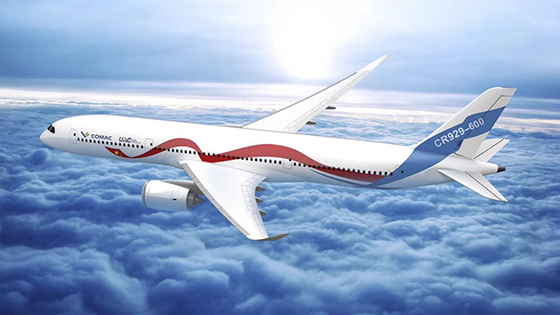
Summary:
- The Chinese and Russian widebody program needs engines in the 75,000lbf thrust class.
- The project’s engine specification is closely modeled after the engines available from the Boeing 787 project.
- In addition to the available 787 engines, the Chinese and Russian engine industry is trying to unite behind a joint engine proposal.
Chinese and Russian Widebody takes shape. Part 3.
By Bjorn Fehrm
Subscription Required
Introduction
January 25, 2018, © Leeham Co.: In the second article about the new Chinese/Russian widebody, CR929, we looked at the size of the aircraft and its passenger capacity. The CR929 can be best described as a shorter range version of Boeing’s 787-9. We also presented the chosen technologies for the project.
Now we continue and look at the challenges the aircraft poses to the involved manufacturers. Neither of them (COMAC of China and United Aircraft of Russia) have developed and certified an aircraft like the CR929 before.
 Summary:
Summary:
- The Chinese and Russian widebody program has high ambitions. The structure shall be composites and the systems state of the art.
- We now go through the aircraft’s chosen technologies and review what experience base the Chinese and Russian aeronautical industry has and what challenges they will face. Read more
Chinese and Russian Widebody takes shape: Part 2.
By Bjorn Fehrm
Subscription Required
Introduction
January 18, 2018, © Leeham Co.: In the first article about the Chinese/Russian widebody, the CR929, we described the route to a joint program company and the launch of the project.
We now analyze the aircraft, based on available information. With the information, it’s possible to model the aircraft in our performance model and get the first understanding of performance and efficiency.
 Summary:
Summary:
- The CR929-600 is closely modelled after the Boeing 787-9. The overall design and dimensions are similar.
- The major difference to the 787-9 is in cabin width, allowing comfortable nine abreast seating, and the Maximum Take-Off Weight (MTOW).
- The decision to design CR929-600 for a lower MTOW has restricted range to 6,500nm with the nominal cabin capacity of 280 passengers.
Chinese and Russian Widebody Project takes shape
By Bjorn Fehrm
Subscription Required
Introduction
January 15, 2018, © Leeham Co.: The Chinese and Russian Widebody program started in earnest over the last year. After signing a joint venture agreement in 2016, the project now has a joint management company, CRAIC, formed 22nd of May 2017, and standing for China-Russia Commercial Aircraft International Corporation.
The company will have final assembly and management located in Shanghai. The aircraft has also got its final name, CR929-600. It will hold 280 passengers in a three-class cabin with a range of 6,500nm, Figure 1.

Figure 1. The CRAIC CR929-600, the main aircraft in the Chinese-Russian widebody program. Source: CRAIC.
Summary:
- The Chinese and Russian widebody program has taken off after the joint company was established spring 2017.
- The organization of the company is set, with the Chinese taking the rudder by the power of a five times larger market and economy and a 10 times larger population.
- The joint company, CRAIC, issued its first vendor RFP to GE and Rolls-Royce before Christmas for the aircraft’s propulsion system.
Read more
United Aircraft’s and COMAC’s eventful year
By Bjorn Fehrm
January 03, 2018, ©. Leeham Co: Both United Aircraft Corporation (UAC) and COMAC got their single-aisle airliner projects into flight test during 2017. The MC-21 and C919 had their first flights within less than a month of each other, with the Chinese C919 first at 5th of May, followed by the Irkut MC-21 on the 28th of May.
Superficially the aircraft and projects are similar. Both are 150-220 seat single aisle projects in the mold of Airbus’ A320neo and Boeing’s 737 MAX programs. Looking a bit closer, they are different. One is extending the state of the art in several areas; the other is playing safe.
US ponders Russia sanctions, some affecting US aerospace
 Oct. 27, 2017, © Leeham Co.: The US is considering new trade sanctions against Russia, and Russia is considering retaliatory sanctions, that could have major implications in US aerospace—including on Boeing.
Oct. 27, 2017, © Leeham Co.: The US is considering new trade sanctions against Russia, and Russia is considering retaliatory sanctions, that could have major implications in US aerospace—including on Boeing.
The US sanctions would be for meddling in the US presidential election in 2016 and for activities in Eastern Europe. The Russian sanctions are a tit-for-tat retaliation if the US sanctions are adopted.
Among the Russian companies that may be targeted:


